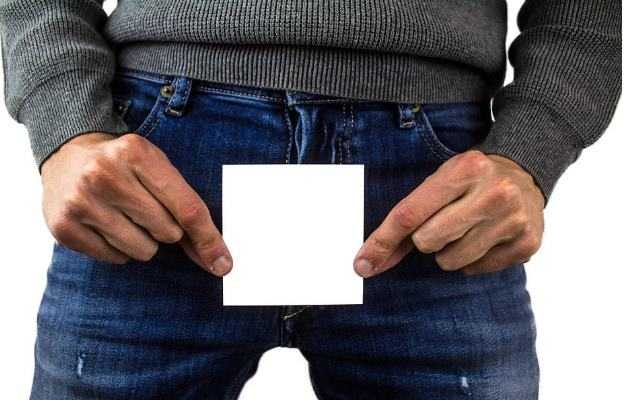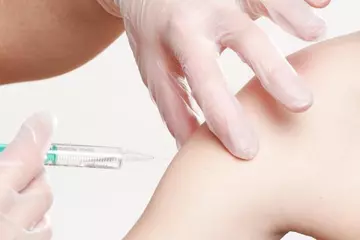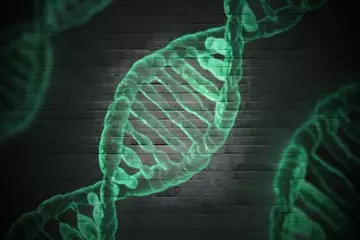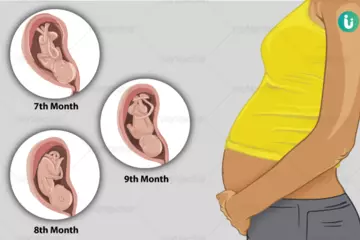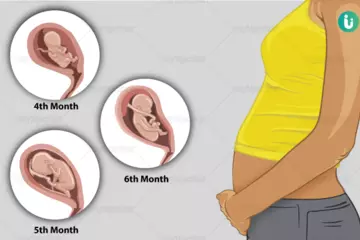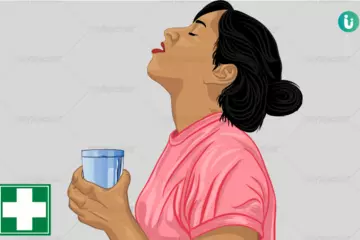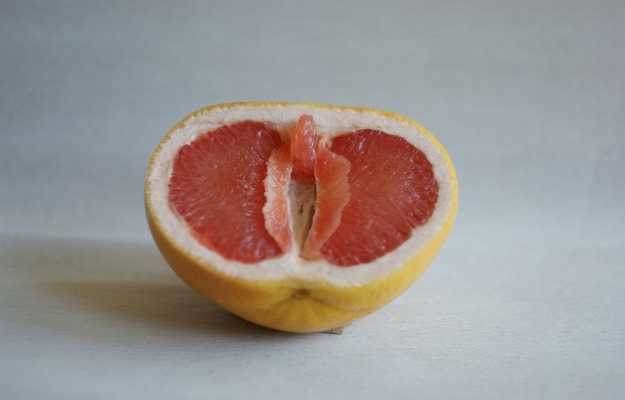What is chancroid?
Chancroid is a highly contagious disease that causes genital ulcerations. The bacterium Haemophilus ducreyi is responsible for causing a chancroid. It can be transmitted through sexual or nonsexual contact. It is more common among uncircumcised men than circumcised men and women and is generally seen in developing countries especially among sex workers. Chancroid is one of the risk factors for human immunodeficiency virus (HIV) transmission.
What are its main signs and symptoms?
The symptoms of chancroid appear within four days but rarely before three days of exposure to the bacteria. A red lump filled with pus is observed at the site of infection, which can be either the genital area or the anus. Then the lump turns into an open sore with eroded edges, and the ulcer is soft. The ulcer is often asymptomatic in women, but can be very painful in men. Men also experience pain and swelling in the lymph nodes around the groin, generally on one side, but it can occur on both sides.
What are its main causes?
Chancroid is caused by:
- Direct skin contact with open sores of a chancroid
- Direct contact with the pus in a chancroid
- Sex with high-risk individuals, such as commercial sex workers
- Multiple partners
- Vaginal, anal, or oral sex with a person with chancroid
How is it diagnosed and treated?
Chancroid is commonly diagnosed by collecting specimens from the ulcerated area and a blood sample. The collected samples are then tested for the presence of the bacterium that causes chancroid. The exact steps involved in clinical diagnosis are:
- Physical examination for the presence of a genital ulcer
- Swelling of the lymph nodes, which is commonly seen in chancroid
- Absence of syphilis
- Herpes simplex virus polymerase chain reaction (HSV PCR) test is negative
A successful treatment relieves the symptoms and prevents the transmission of the disease. Treatment involves antibiotic therapy, which clears the infection completely. Complete the course of treatment provided by the doctor. Your partner may also require treatment. The time needed for complete treatment and healing of the ulcer may vary depending upon the size of the ulcer. The treatment may produce a better effect in circumcised or HIV-negative men than in uncircumcised or HIV-positive men.


